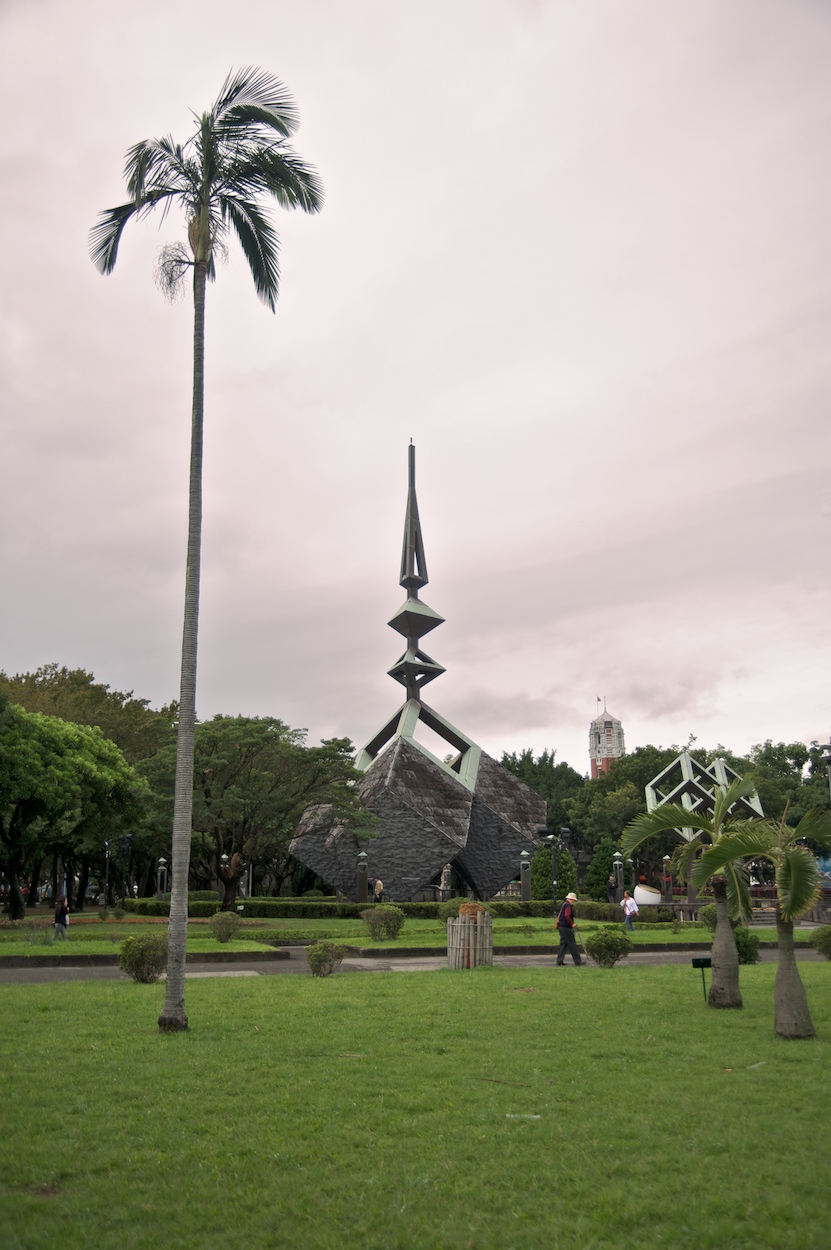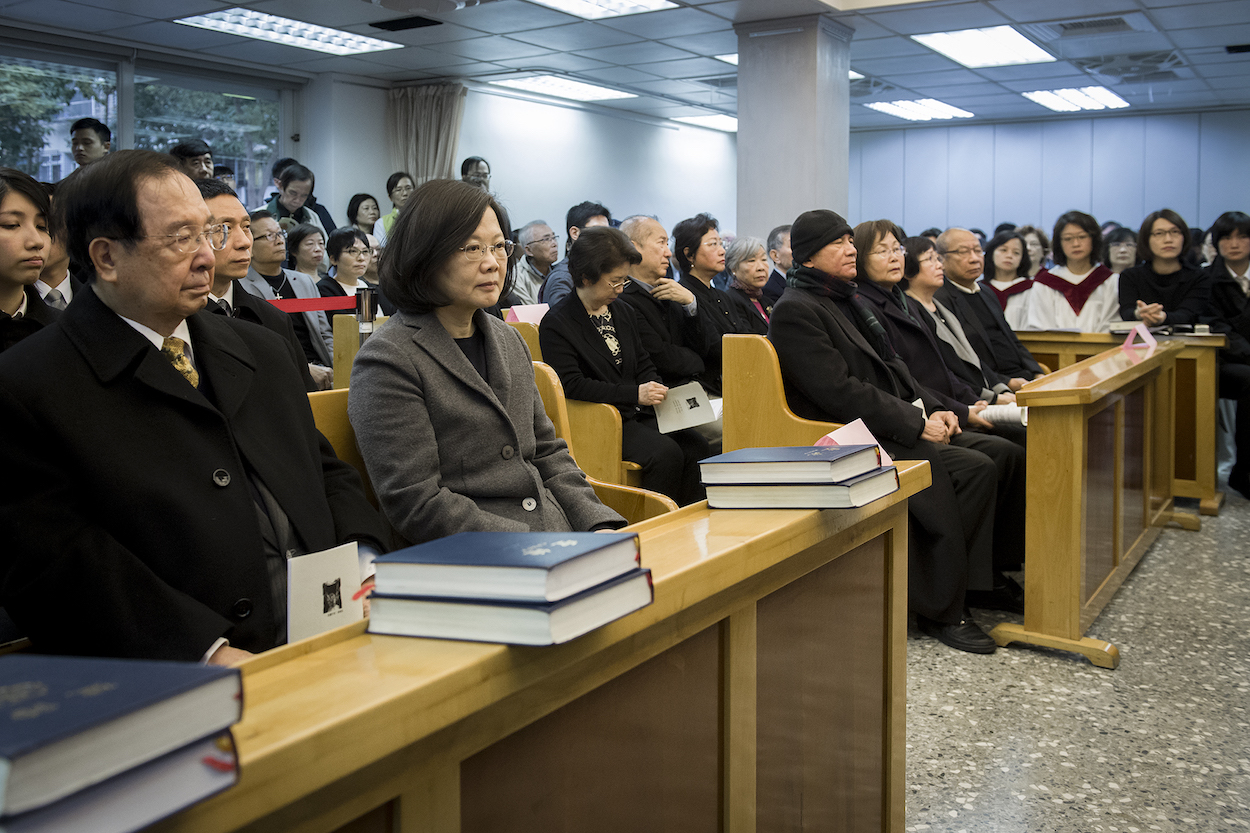by Brian Hioe
語言:
English
Photo Credit: Makoto Lin/Presidential Office/Public Domain
THE APPARENT inability of the Transitional Justice Commission to confirm that the 1980 murders of Lin Yi-hsiung’s family were murders committed by the Taiwan Garrison Command or other state security forces points to the dilemmas of reckoning with political crimes committed during Taiwan’s authoritarian period. The Transitional Justice Commission recently announced that, according to its investigations of the murders, state security forces were “likely” involved but did not state any definitive conclusion as to if they were.
The Lin family murders are one of the highest-profile unresolved cases among crimes committed during the authoritarian period. Lin Yi-hsiung was a leader in the Taiwanese democracy movement, former DPP chair, and remains a prominent anti-nuclear activist. The murder of his family, which took place on February 28th, 1980, involved the stabbing death of Lin’s twin six-year-old daughters and mother. Lin’s wife, Fang Su-min, was not at home at the time of the murder, with Lin’s then-nine-year-old daughter, Lin Huan-chun, being the only survivor.
 The 228 Memorial Park in Taipei. Photo credit: Fred Hsu/WikiCommons/CC
The 228 Memorial Park in Taipei. Photo credit: Fred Hsu/WikiCommons/CC
At the time of the Lin family murders, recently deceased Australian academic Bruce Jacobs, who visited the Lin family residence the day that the murders took place, was accused of having been the killer. This is generally thought of as an attempt by the KMT government, which ruled over Taiwan through the authoritarian party-state at the time, to pin the murders on a convenient target, Jacobs having been close to many members of the Taiwanese democracy movement.
However, at this late stage in Taiwan’s democratization, it may be very difficult to address even high-profile cases such as the Lin family murders. The Lin family murder is a case that remains officially unsolved despite being a national-level incident and despite the fact that the Lin family residence was under 24/7 surveillance at the time of the murders.
According to the investigation by the Transitional Justice Commission, a murder suspect made a television call from inside the Lin family residence at the time of the murders, but recordings from the Lin family residence’s telephone—which was being tapped at the time—had been disposed of. But, according to the Transitional Justice Commission, claims by the National Security Bureau that it did not know about the murders are false, because the bureau director learned about the murder the day it took place.
In all likelihood, the Taiwan Garrison Command disposed of the recordings in order to scrub evidence. However, the Transitional Justice Commission also raised the possibility that the murders have inadvertently happened and the Taiwan Garrison Command disposed of the recordings in order to avoid culpability for having the murders occur under its watch.
Yet if the culprits of one of the highest-profile murder cases from the authoritarian period cannot be named, when it should fairly self-apparent that this was probably a murder committed by the KMT party-state, this makes it unlikely that answers can be found for lesser-known cases either.
Some speculation revolves around that the individuals who ordered the killings may still work in government or may be active figures in political life in the KMT or other pan-Blue political parties. For example, one notes that James Soong, the head of the Government Information Office, remains a perennial presidential candidate representing the People First Party. Soong was even been sent as Taiwan’s representative to the Asia-Pacific Economic Cooperation conference on behalf of the Tsai administration in 2016 and 2017.
 President Tsai Ing-wen attending memorial services for the Lin family at the Gikong Presbyterian Church in 2017. Photo credit: Presidential Office
President Tsai Ing-wen attending memorial services for the Lin family at the Gikong Presbyterian Church in 2017. Photo credit: Presidential Office
The Tsai administration has carried out transitional justice efforts through the Transitional Justice Commission, with a particular focus on declassifying historical records from the White Terror period, as well as taken efforts against illicit party assets of the KMT retained from property seizures that took place during the authoritarian period. However, the Tsai administration generally fears being accused of acting as the authoritarian KMT once did and it may be unwilling to take action against individuals guilty of crimes during the authoritarian period who are still active figures in political life—which could include some of Taiwan’s highest-profile politicians.
Alternatively, it may genuinely be the case that key records from the authoritarian period which would allow for definitive judgments to be made on such incidents have been destroyed. The KMT took steps to prepare for the possibility of DPP political administrations in the course of Taiwan’s democratization, such as transferring party assets to private hands in order to prevent them from coming under the scrutiny of a DPP administration. It would not be surprising if the KMT sought to destroy records that could prove incriminating of its members, too. It may be, then, that it is too late to redress the past crimes of the authoritarian period at this point in time.

